Latest breakthroughs in AI, voice biometrics, and speech recognition are paving the way to the exciting future of intuitive voice interaction with smart technologies!


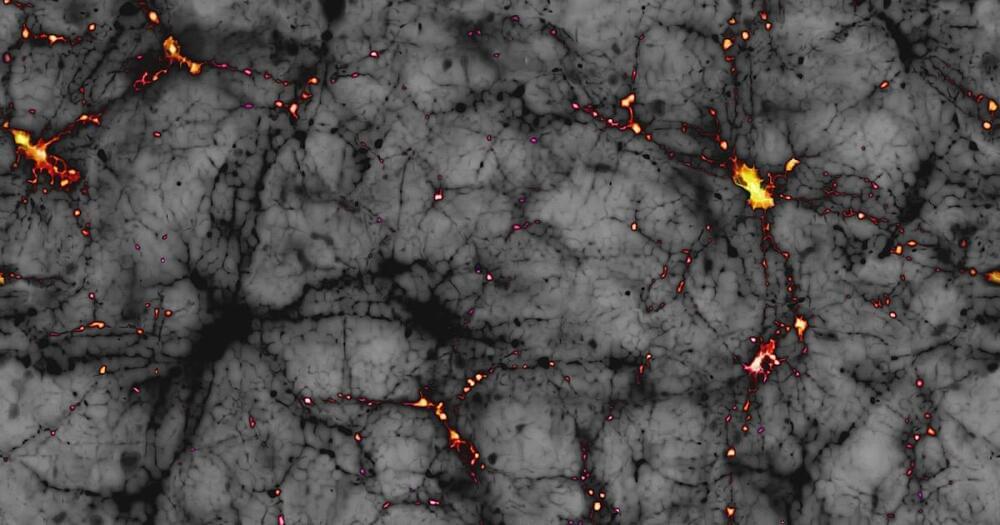
Researchers at the University of Waterloo in Waterloo, Ontario say they’ve captured the first composite image of something that – although astronomers have talked about it for decades – has been hitherto unseen, and in fact undetected. They say it’s an image of dark matter, a connection point in the great cosmic web in which our universe’s billions of galaxies are thought to be embedded. The Royal Astronomical Society, which published the new work in its peer-reviewed Monthly Notices, said in a statement:
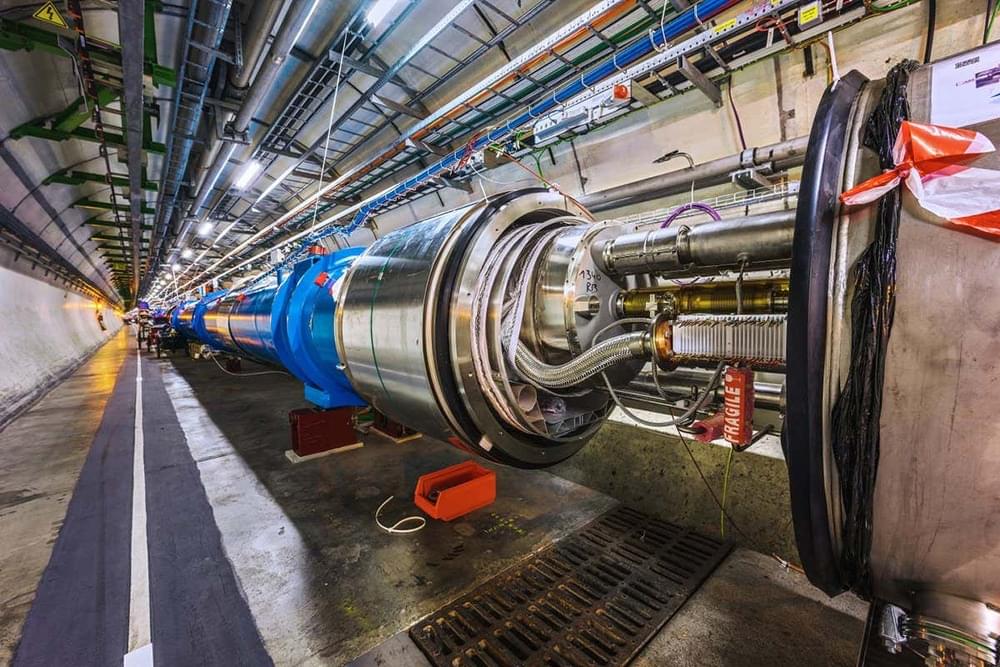

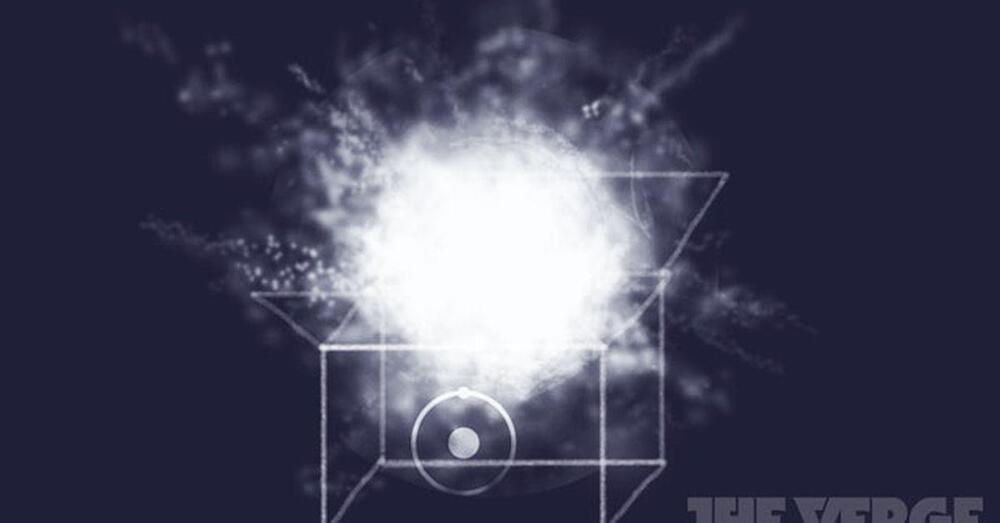
Circa 2013 face_with_colon_three
Physicists have been chasing antimatter technology for more than 80 years now — driven by the promise of oppositely oriented particles that explode in a burst of energy whenever they make contact with their more common counterpart. If we could tame antimatter, those explosions could be used to power a new generation of technology, from molecular scanners to rocket engines to the so-called “annihilation laser,” a tightly concentrated energy beam fueled by annihilating positrons. But while scientists have seen recent breakthroughs in creating the particles, they still have trouble capturing and containing them.


A newly discovered type of transferable DNA
DNA, or deoxyribonucleic acid, is a molecule composed of two long strands of nucleotides that coil around each other to form a double helix. It is the hereditary material in humans and almost all other organisms that carries genetic instructions for development, functioning, growth, and reproduction. Nearly every cell in a person’s body has the same DNA. Most DNA is located in the cell nucleus (where it is called nuclear DNA), but a small amount of DNA can also be found in the mitochondria (where it is called mitochondrial DNA or mtDNA).

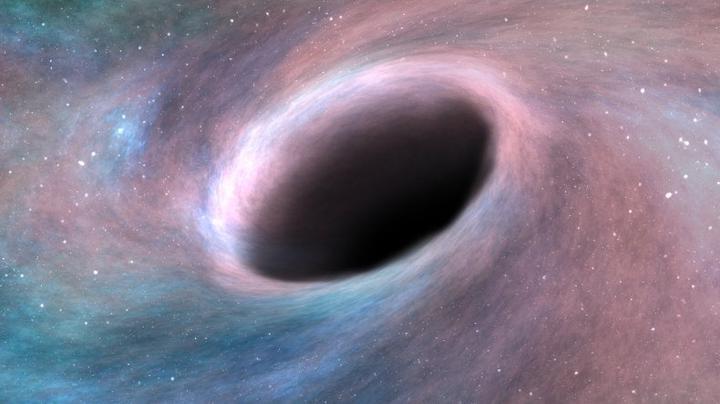
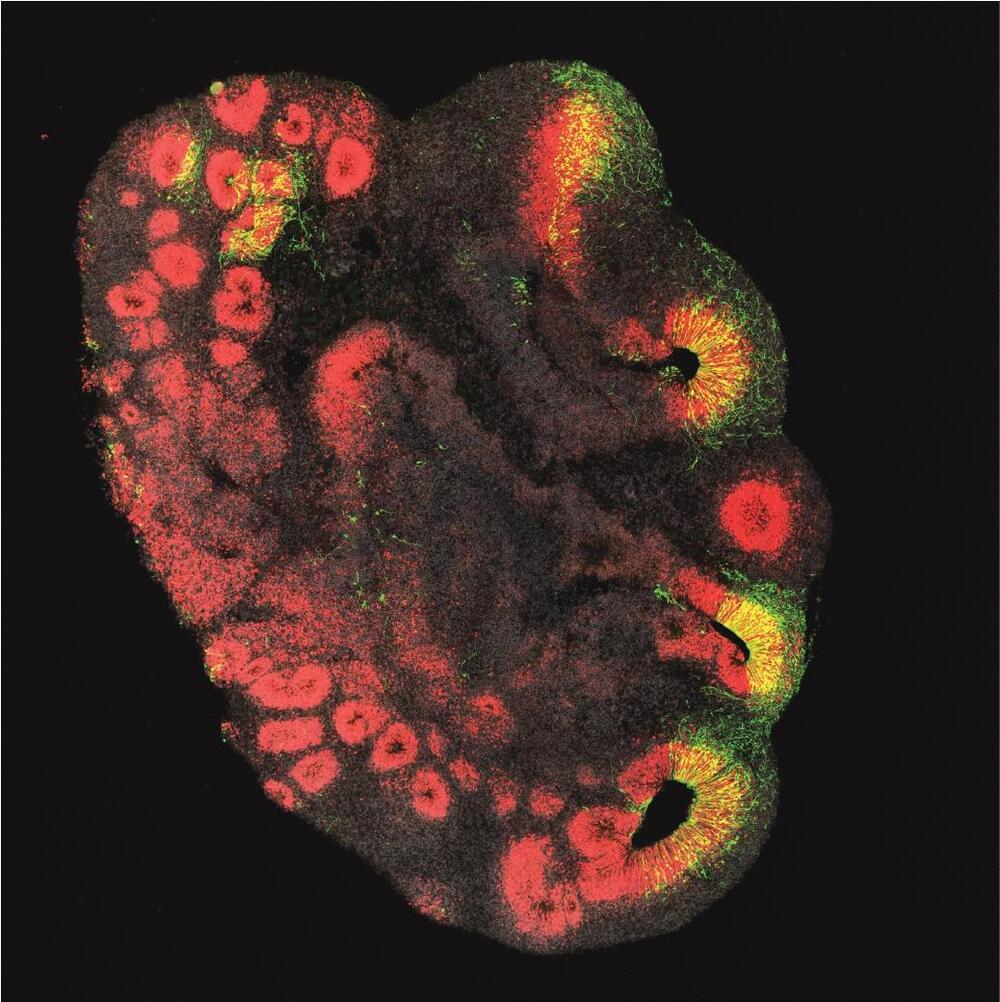
Great ape animal studies have long been prohibited in Europe due to ethical concerns. An alternative to using animals in studies is the use of so-called organoids, which are three-dimensional cell structures that can be generated in the lab and are just a few millimeters in size.
These organoids can be created using pluripotent stem cells, which then subsequently develop into particular cell types like nerve cells. The study team was able to create both chimpanzee and human brain organoids by using this method.
“These brain organoids allowed us to investigate a central question concerning ARHGAP11B,” says Wieland Huttner of the Max Planck Institute of Molecular Cell Biology and Genetics, one of the three lead authors of the study.